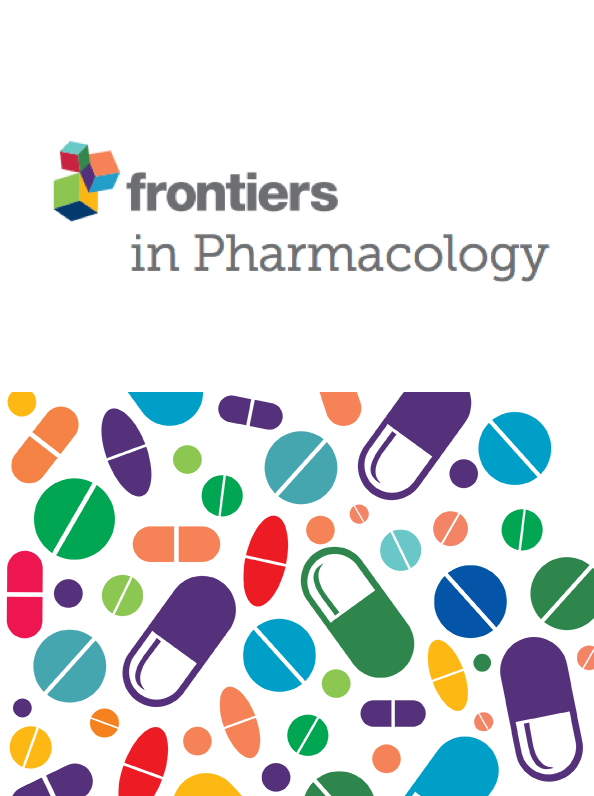Antibiotics-free compounds for managing carbapenem-resistant bacteria; a narrative review
IF 4.4
2区 医学
Q1 PHARMACOLOGY & PHARMACY
引用次数: 0
Abstract
Carbapenem-resistant (CR) Gram-negative bacteria have become a significant public health problem in the last decade. In recent years, the prevalence of CR bacteria has increased. The resistance to carbapenems could result from different mechanisms such as loss of porin, penicillin-binding protein alteration, carbapenemase, efflux pump, and biofilm community. Additionally, genetic variations like insertion, deletion, mutation, and post-transcriptional modification of corresponding coding genes could decrease the susceptibility of bacteria to carbapenems. In this regard, scientists are looking for new approaches to inhibit CR bacteria. Using bacteriophages, natural products, nanoparticles, disulfiram, N-acetylcysteine, and antimicrobial peptides showed promising inhibitory effects against CR bacteria. Additionally, the mentioned compounds could destroy the biofilm community of CR bacteria. Using them in combination with conventional antibiotics increases the efficacy of antibiotics, decreases their dosage and toxicity, and resensitizes CR bacteria to antibiotics. Therefore, in the present review article, we have discussed different aspects of non-antibiotic approaches for managing and inhibiting the CR bacteria and various methods and procedures used as an alternative for carbapenems against these bacteria.用于控制耐碳青霉烯类细菌的无抗生素化合物;综述
近十年来,对碳青霉烯类耐药(CR)的革兰氏阴性菌已成为一个重要的公共卫生问题。近年来,耐碳青霉烯类细菌的流行率有所上升。对碳青霉烯类产生耐药性的原因有多种,如失去孔蛋白、青霉素结合蛋白改变、碳青霉烯酶、外排泵和生物膜群落等。此外,相应编码基因的插入、缺失、突变和转录后修饰等基因变异也会降低细菌对碳青霉烯类的敏感性。为此,科学家们正在寻找抑制 CR 细菌的新方法。利用噬菌体、天然产品、纳米颗粒、双硫嘧啶、N-乙酰半胱氨酸和抗菌肽对 CR 细菌有很好的抑制作用。此外,上述化合物还能破坏 CR 细菌的生物膜群落。将这些化合物与传统抗生素结合使用可提高抗生素的疗效,减少抗生素的用量和毒性,并使 CR 细菌对抗生素重新敏感。因此,在本综述文章中,我们讨论了管理和抑制 CR 细菌的非抗生素方法的各个方面,以及作为碳青霉烯类抗生素替代品用于抗击这些细菌的各种方法和程序。
本文章由计算机程序翻译,如有差异,请以英文原文为准。
求助全文
约1分钟内获得全文
求助全文
来源期刊

Frontiers in Pharmacology
PHARMACOLOGY & PHARMACY-
CiteScore
7.80
自引率
8.90%
发文量
5163
审稿时长
14 weeks
期刊介绍:
Frontiers in Pharmacology is a leading journal in its field, publishing rigorously peer-reviewed research across disciplines, including basic and clinical pharmacology, medicinal chemistry, pharmacy and toxicology. Field Chief Editor Heike Wulff at UC Davis is supported by an outstanding Editorial Board of international researchers. This multidisciplinary open-access journal is at the forefront of disseminating and communicating scientific knowledge and impactful discoveries to researchers, academics, clinicians and the public worldwide.
 求助内容:
求助内容: 应助结果提醒方式:
应助结果提醒方式:


